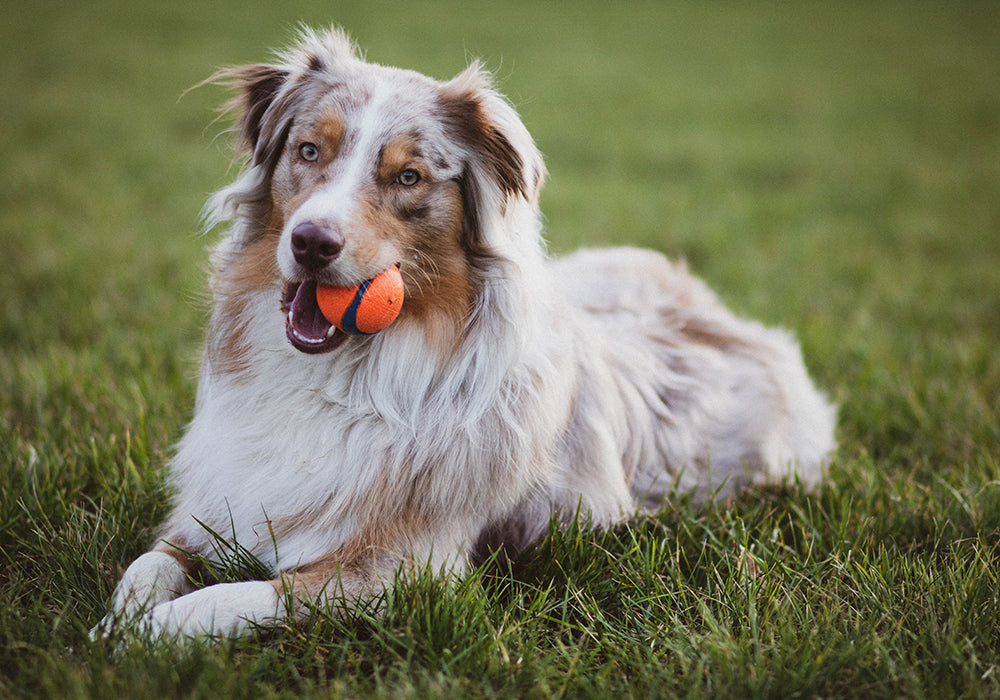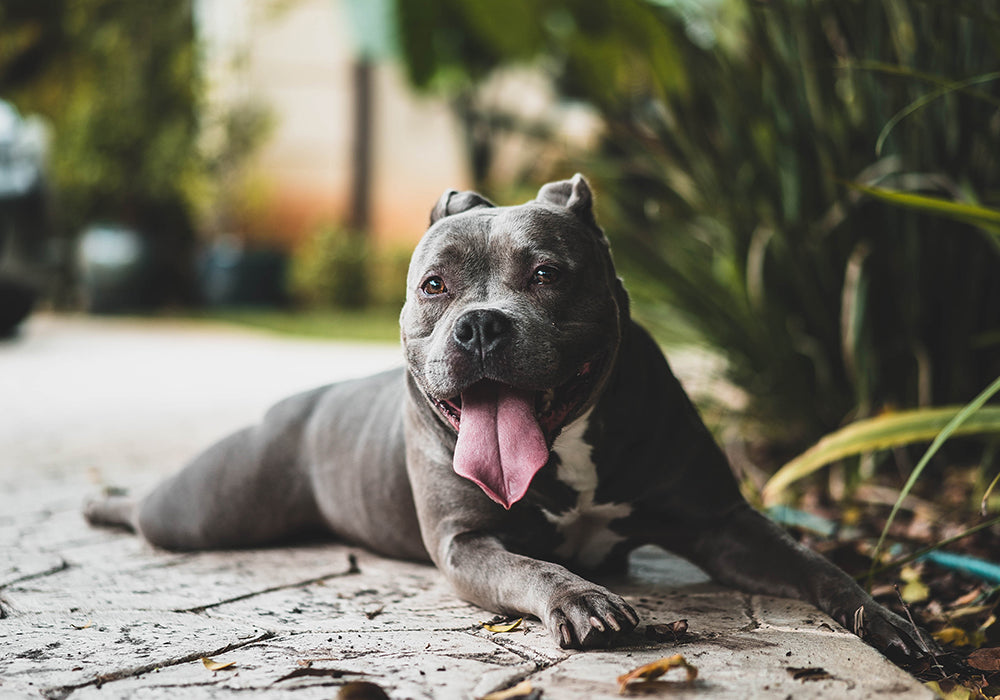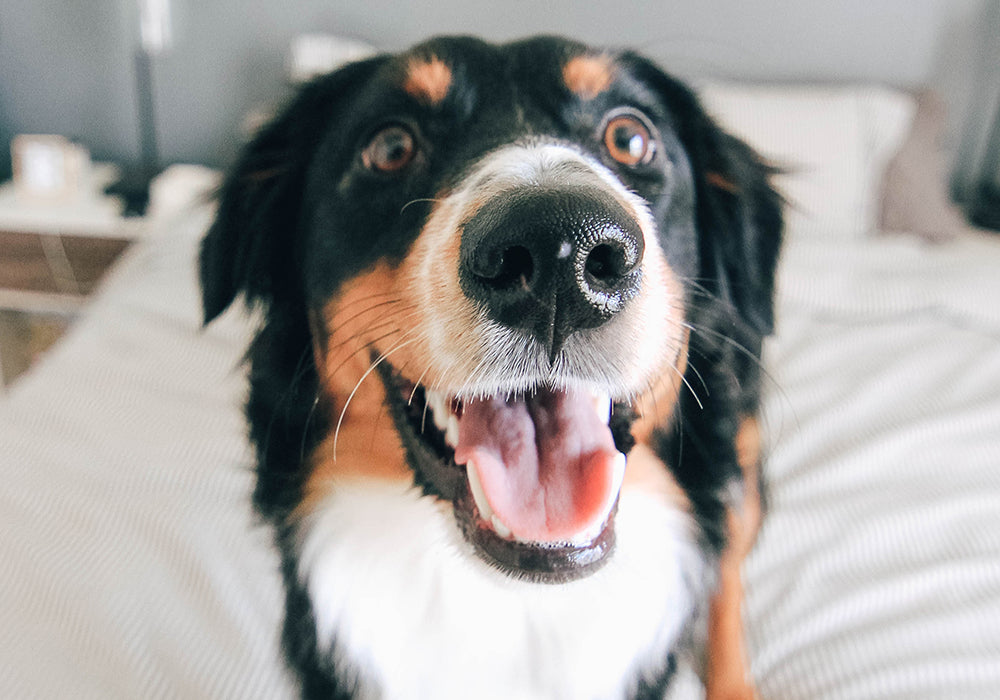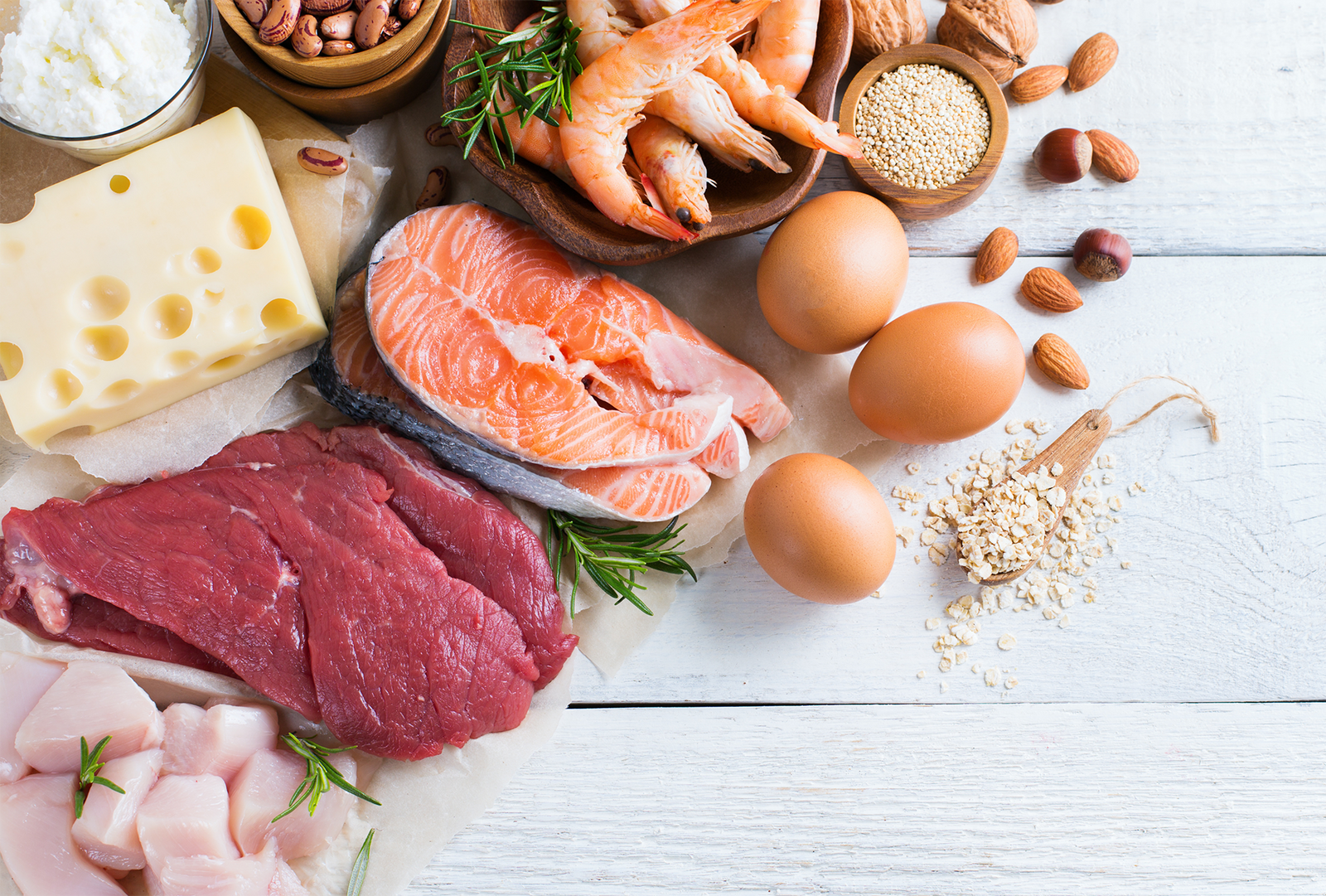Generally speaking, domesticated dog diets each have pros and cons. However, detailed studies show that animals raised onBARF® formulas experience improved health and vitality over canned and dry alternatives.
The raw diet has not been heat processed, which is the most significant detriment to dry and canned products. With nutrients preserved as nature intended, active enzymes, and phytonutrients, dogs fed a raw diet benefit from life-extending qualities.
What are the Risks of a Raw Diet for Pet Owners?
To mitigate risks while handling raw food, follow our specific instructions for safe handling and feeding practices. To eliminate potential hazards, think of the raw meat diet similarly to handling raw chicken: sterilize dishes, wash hands often, use disinfectants, and observe safe handling procedures
Note: Using the diet around older adults with a depressed immune system or infant children requires additional preventive, sanitary measures to minimize risk. Do your homework and discover the advantages and disadvantages of all products.
It’s difficult for dogs to digest most grains, so some veterinarians prefer a raw diet over processed dry commercial pet foods. Before deciding on your dog’s diet, consider the nutritional value of your current food and whether or not it meets the nutritional standards your dog needs.
The raw dog diet contains raw meat, bones, fruit, vegetables, eggs, herbs, and it’s intended to mimic the diet of pre-domesticated dogs. Because it’s been years since the domestication of dogs, one diet may be perfect for a specific dog and yet not ideal for another.
Research your dog’s breed, health issues they are prone to (if any), how diet can address or prevent these problems, and the history of the dog (this may include researching the male and female parent dogs if that information is available to you).
Benefits of the Raw Diet:
Considerations of the Raw Diet:
Some think a raw diet can cause gastrointestinal (GI) problems, but dogs simply digest kibble differently from raw food. Kibble is a starch, ready-to-go energy, whereas raw food is digested as protein. The GI system approaches this differently; protein must stay in the stomach longer than starch–hence why dogs stay fuller for longer on a raw food diet.
When a dog’s diet is changed quickly, or when raw food is mixed with dry food, this can confuse and upset their stomachs and cause vomiting and diarrhea. In a slow process, the dog’s digestive system has time to get used to it.
Some think a raw diet can cause gastrointestinal (GI) problems, but dogs simply digest kibble differently from raw food. Kibble is a starch, ready-to-go energy, whereas raw food is digested as protein. The GI system approaches this differently; protein must stay in the stomach longer than starch–hence why dogs stay fuller for longer on a raw food diet.
When a dog’s diet is changed quickly, or when raw food is mixed with dry food, this can confuse and upset their stomachs and cause vomiting and diarrhea. In a slow process, the dog’s digestive system has time to get used to it.
Toy and small breeds have small mouths, but the same amount of teeth as large breed dogs, causing teeth to be out of shape and squashed. These crevices within the mouth area create a breeding ground for bacteria. Bones are excellent at getting into those tight spots and cleaning the teeth.
Raw bones minimize the risk of bone splintering and causing health problems such as choking or digestive tract punctures.
Contact your veterinarian for more advice on what sized bones your dog needs.
Cost and convenience should come after your dog’s welfare. Most baked dry kibble has fillers that go straight through your dog's digestive system and can cause an upset tummy or gas. The key to a healthy dog is a healthy diet. A raw diet is key to aiding in digestion.
The raw food diet can be as affordable and convenient as you make it. You can buy freeze-dried and frozen raw diets; pre-make meals and store them in the freezer to make it easy to feed your dog. We also try to make feeding raw convenient and within your budget. Just ask us how!
For a long time, dogs have been eating processed food filled with ingredients that they can’t digest. This has affected their digestive and immune systems long-term.
It takes different enzymes to digest starch (grains) than it does to digest meat (protein). The dog’s digestive system classifies processed meat within the dry kibble as a starch instead of a protein, digesting it differently than actual bits of meat. The fact the protein-digesting enzymes have not been in action for a while does not mean the enzymes are not present.
Looking at a dog’s anatomy, you can see that it is designed to eat meat. Digesting grain-based processed food is harder than a raw whole food diet.
Raw meat contains bacteria such as salmonella. If your dog is healthy and has no underlying health issues, your dog should be more than equipped to deal with these bacterias. Dogs digest meat in an acid bath within their stomach. Stomach acid is strong, so strong that bacteria cannot survive it, providing your dog and their digestive system are healthy.
Dogs can pass bacteria through their feces. If you are hygienic and wash your hands after being in contact with poop, you shouldn’t contract anything which is passed. It’s also worth noting that there have also been many cases of Salmonella from kibble-fed dogs.
The raw food diet can only do good things to your dog’s brain.
Conversely, a poor digestive system negatively affects the brain. If they have a bit of a stomach ache from a bad diet, they are more likely to exhibit bad behavior or seem a little off and show discomfort.
Any bone can cause a choking risk. In fact, cooked bones pose more of a risk than raw bones. Cooked bones are more brittle, making them more likely to splinter.
Feeding raw bones is quite healthy. It makes feeding time a lot more work for your dog, strengthens the jaw and enamel, and cleans plaque from teeth. Not to mention the difference you will see in your dog’s breath! Remember you can also feed your dog a raw bone which can be a healthy treat for your dog.
Here are some tips to help with the conversion:
Most dogs will have no problems doing a fast conversion, but a slow conversion is always suggested when the immune system has been compromised from antibiotics, steroids, or vaccinations.
The diet of your dog is incredibly important to their health. Knowing more about how their body works can give you great insight into the life of your dog and what they want.
Your dog deserves the best you can give them. Try our products and see the difference they make to your pet’s health now and in the future:
Now that you understand our products’ ingredients, let your pet try them. Shop through the best raw dog food available and give your pet nutrients to support their bodies and minds.






